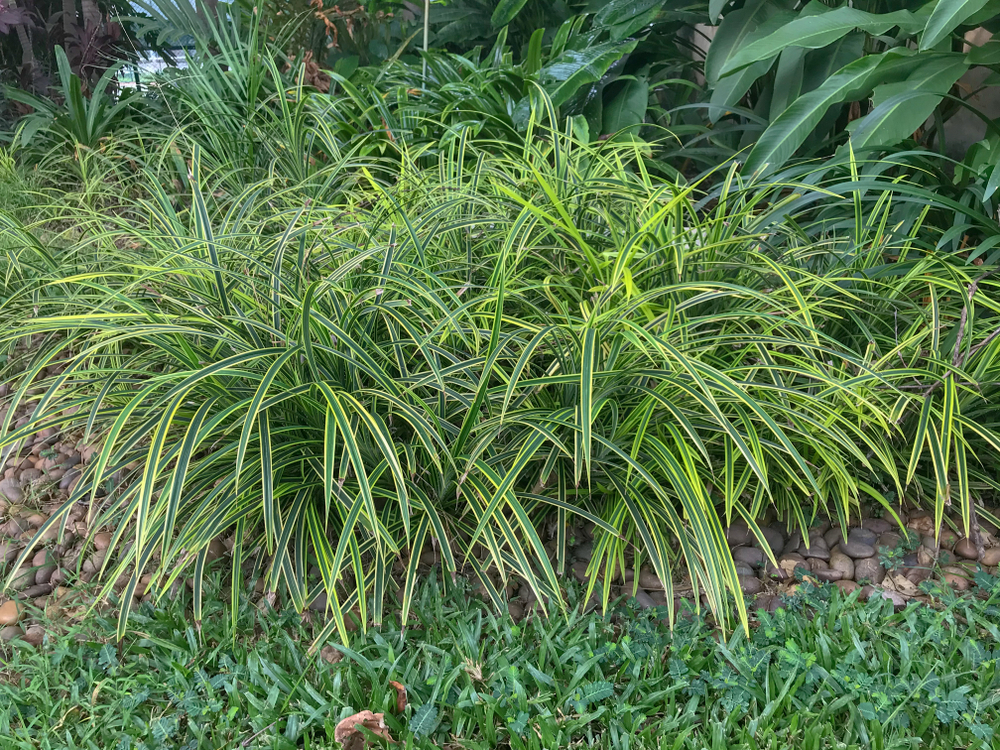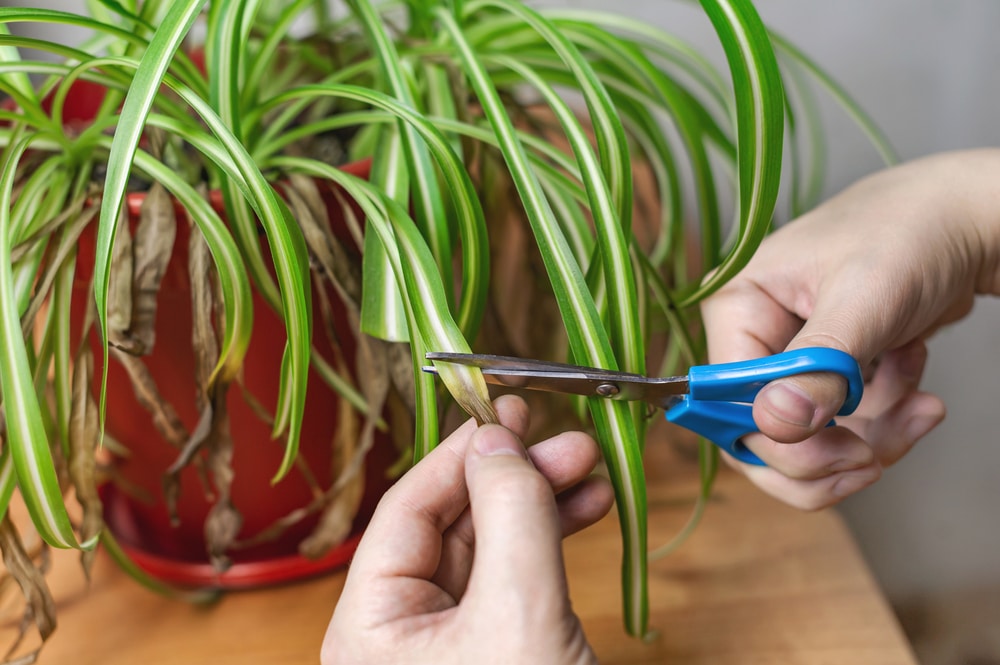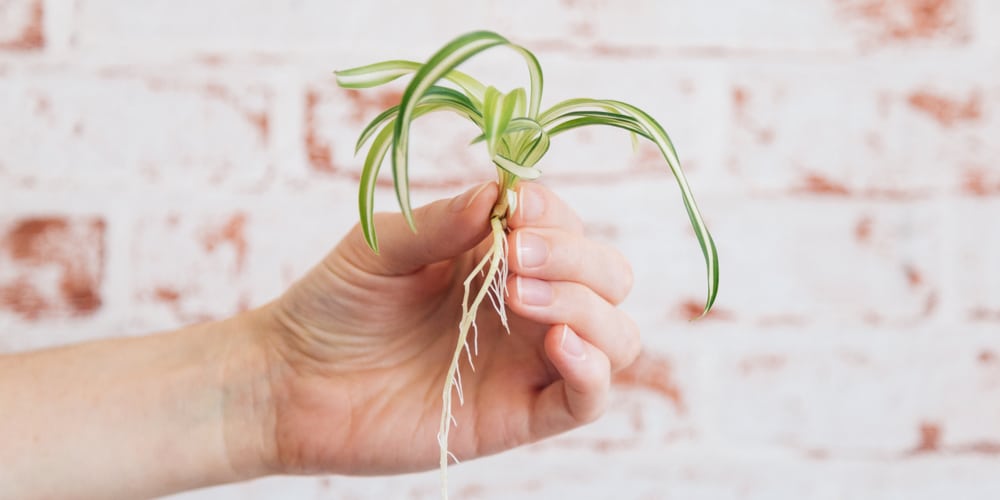As one of the most common houseplants, the spider plant is like Fleetwood Mac’s “Rumors” album in the 1980s. It seems like every house in the country has one.
But just because nearly everyone has a spider plant doesn’t mean we know how to take care of it so it looks its best, and that’s why you’re reading this. How do I make my spider plant bushier? Can I help it be healthier? Yes, you can.
Plants Want Three Things
Spider plants are, in many ways, no different from any other plant in that all they want is to be happy. When a plant is happy, you can tell: it’s healthy, lush, and vibrant. A bushier spider plant is a happier one.
So what does your plant want?
Regular Haircuts, Just Like You
Your spider plant needs pruning. Without it, you’ll see leaves and shoots spreading over wider areas. The plant will grow, but growing out instead of up will make it look less healthy for being spread out. Cut your spider plant back, and you’ll see it grow back thick and lush.
When you prune it— say, twice a year— you’ll spend time looking at the leaves as you decide which need to stay and go. This allows you to inspect it for any possible pest damage or sickness. Cut off any leaves that are yellow. The sooner you discover and address these things, the better.
Room to Grow
As with any potted plant, there may come a time when your spider plant becomes pot-bound. When a plant has been in a pot too long and essentially outgrown it, the roots grow into a tangled mass in the pot and can displace most of the soil. That’s bad for any plant.
Symptoms of a pot-bound plant include
- Visible roots, perhaps sticking out of holes at the bottom of the container.
- Browning leaf tips due to lack of water, since a pot-bound plant can’t absorb water as well as a plant with adequate soil.
- Yellowing leaves and small new leaves, again due to lack of water (no matter that you don’t forget to water).
Repotting your spider plant into a larger container allows the roots to spread out to a more comfortable distribution. Roots that can spread out do a much better job of making use of water in the soil so that your spider plant can grow thick and bushy. When repotting choose a good quality soil.
Spider Plants Want To Be Parents, Too
We’re not the only ones. The biological mandate for every living thing is to reproduce, and your spider plant is doing that right now (or at least trying to). By working with the plant, you can help it remain healthy and, at the same time, help it look even more vibrant than it is.
Propagation is the process of creating new plants. In this case, we’ll be using the little plantlets your spider plant already created.
Spider plants produce stolons which begin growing little spiderlets. If you’ve properly cared for your plant, these stolons will form and start reproducing. A close look at the baby spider plants reveals a tiny root system forming at the base of each despite having no soil.
Cutting the baby spider from the stolon allows you to plant it in a peat moss mix away from the parent plant. Keep it moist for a week or so to allow the roots to grow a little stronger.
Once the roots have matured, move the baby plant to the same pot its parent lives in.
Removing the baby spider plants from the parent encourages growth, which makes a bushier plant. Transplanting the new one into the pot fills out the look of your spider plant, making it look tighter and bushier than ever before.


